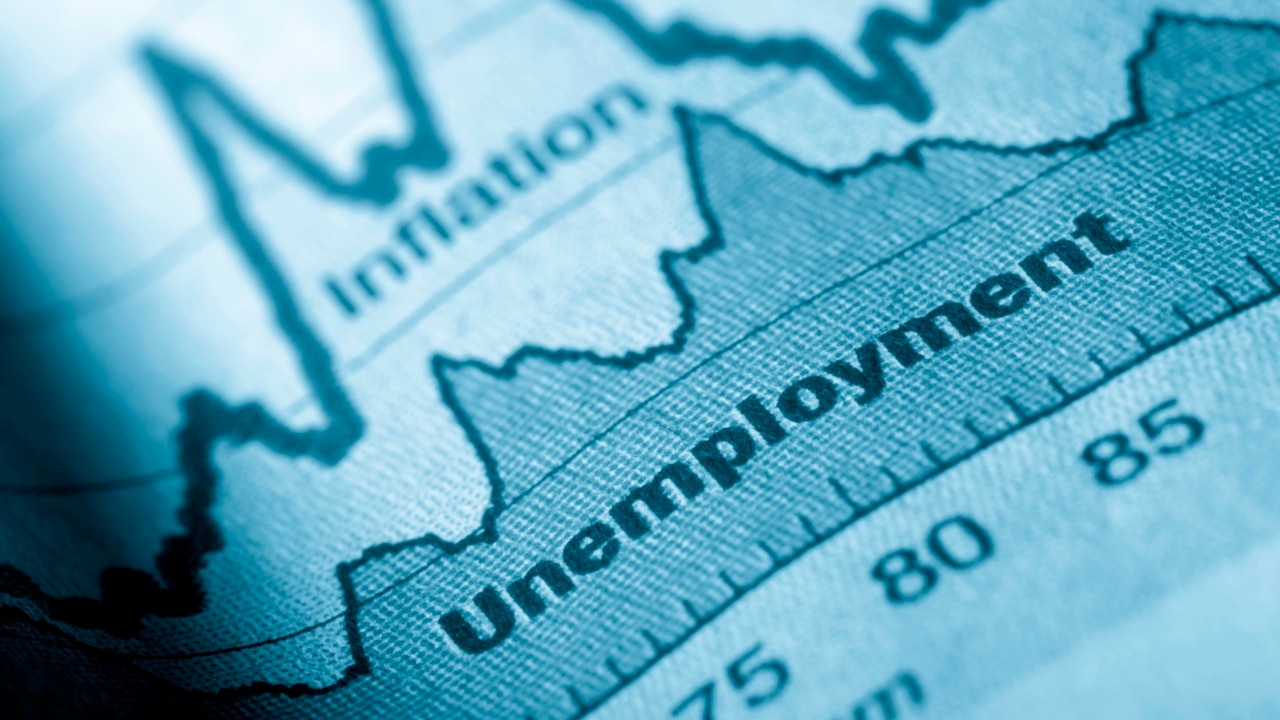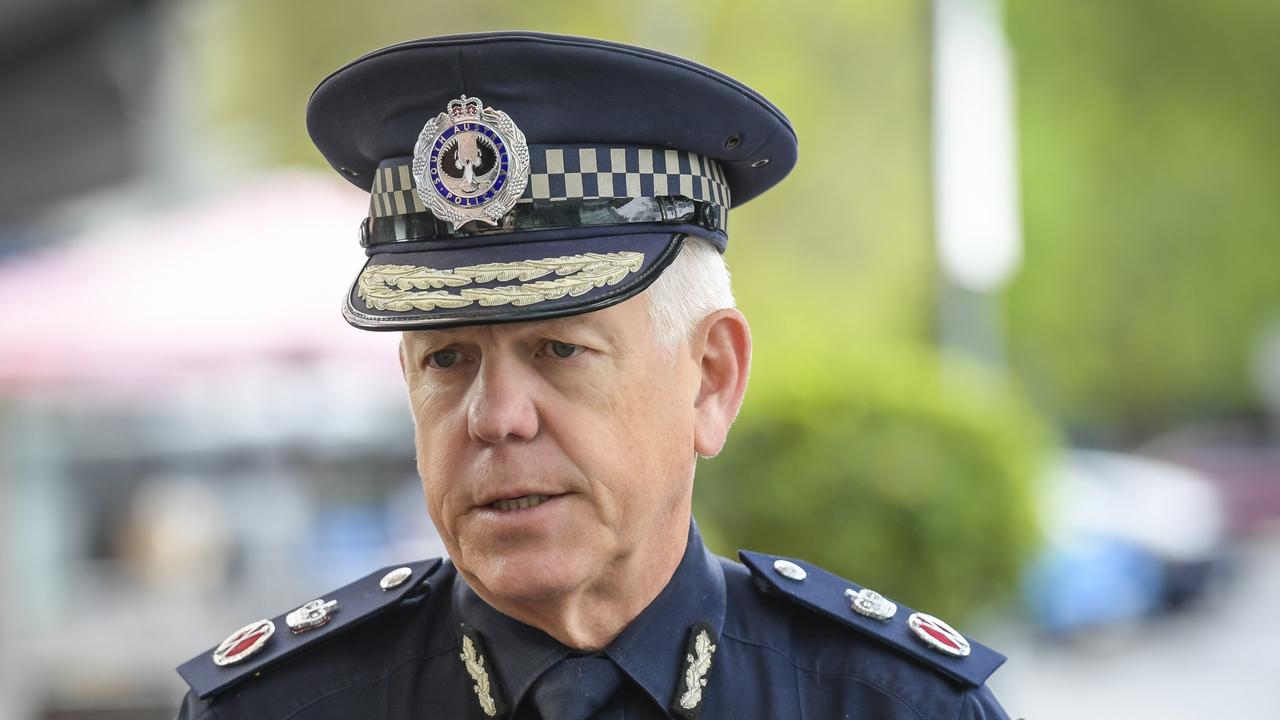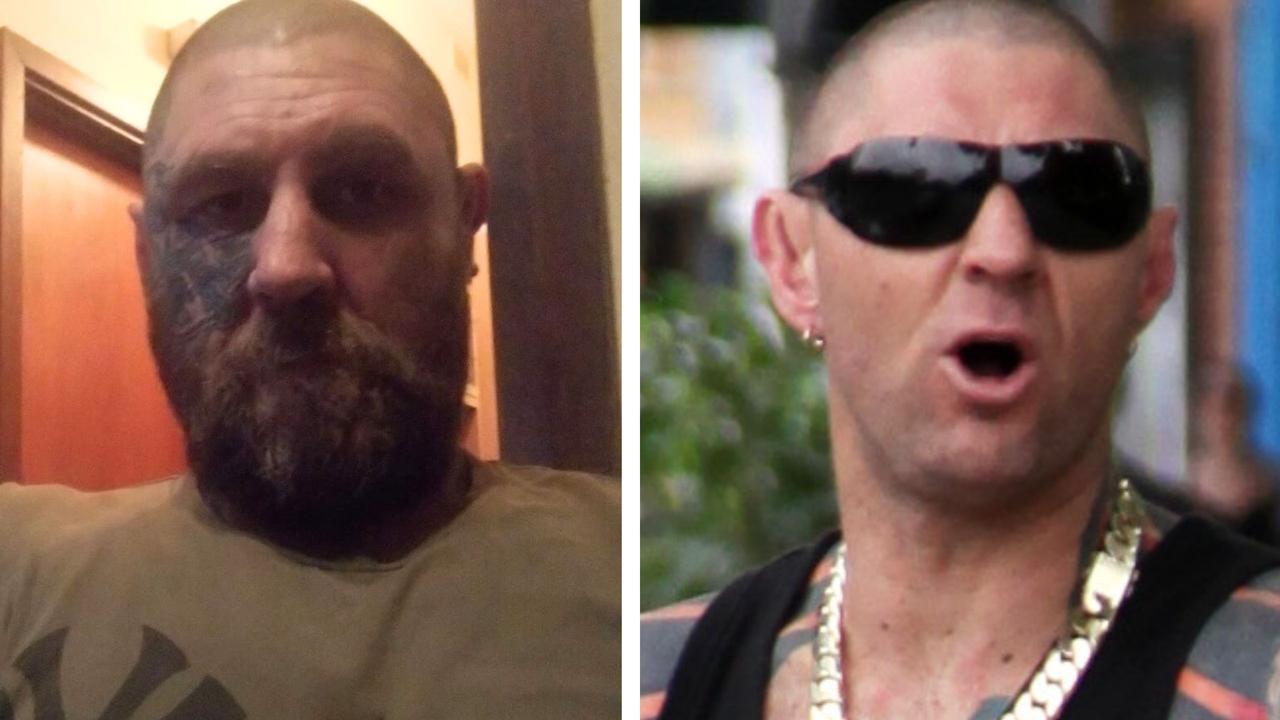South Australian jobless rate drops to 4.5 per cent, but still equal highest in the nation
The national unemployment figures have been released two days ahead of the federal election – and it’s good news and bad news for South Australia.

SA News
Don't miss out on the headlines from SA News. Followed categories will be added to My News.
South Australia’s unemployment rate has dropped to 4.5 per cent, but is still the equal highest in the nation.
The state’s jobless rate for April was a notable drop from 4.9 per cent recorded in March.
Queensland’s unemployment rate dropped to 4.5 per cent, putting it on level pegging with SA as the highest rate in the nation and well below the national average of 3.9 per cent.
Treasurer Stephen Mullighan said the state’s figures showed “South Australia still has a lot of work to do”.
“That’s why we’ve prioritised getting the budget out,” he said.
“(We’re) handing it down in two weeks from today so that we can get moving with our agenda that we committed to the people of South Australia back in March.”
Nationally, the unemployment rate has fallen to a 48-year low, in what the Coalition will no doubt say is evidence of good economic management just two days out from the election.
The Australian Bureau of Statistics on Thursday reported the unemployment rate edged from 4 per cent to 3.9 per cent in April.
That is the lowest level since 1974 and the sixth consecutive monthly gain in employment.
“In April, we saw employment rise by 4000 people and unemployment fall by 11,000 people,” ABS head of labour statistics Bjorn Jarvis said on Thursday.
“As a result, the unemployment rate decreased slightly in April, though remained level, in rounded terms, with the revised March rate of 3.9 per cent.”
For men, the unemployment rate fell to its lowest level since October 2008, now sitting at 4 per cent.
For women, it remained at 3.7 per cent for a second month, which is the lowest level it has been since May 1974.
Seasonally adjusted hours worked increased by 1.3 per cent in April, following devastating floods earlier in the year.
“Hours in NSW and Queensland increased in April following the impacts of the floods in March. The number of people working fewer hours than usual due to bad weather dropped from its March peak of over 500,000 to around 70,000 people in April,” Mr Jarvis said.
But Covid still took a toll on people’s health and ability to go to work.
“Around 740,000 people worked reduced hours in April because of illness, almost double what we usually saw in April before the pandemic,” Mr Jarvis said.
“Of these people, around 340,000 worked no hours, which was around triple what we would usually see.”
The underemployment rate fell 0.2 percentage points to 6.1 per cent and the under-utilisation rate, which combines the unemployment and underemployment rates, decreased 0.3 percentage points to 10 per cent.
Ahead of the figures being released, Labor leader Anthony Albanese said that people were more concerned with the cost of living.
The new data comes after figures released on Wednesday showed that wages grew at an annual rate of 2.4 per cent from the March quarter.
That is less than half the rate of inflation, which is running at 5.1 per cent.
“We want (the unemployment rate) to be as low as possible,” Mr Albanese said.
“But people are thinking to themselves, ‘How do I pay my bills? How do I pay my rent? How do I afford food and the essentials of life?’
Originally published as South Australian jobless rate drops to 4.5 per cent, but still equal highest in the nation


